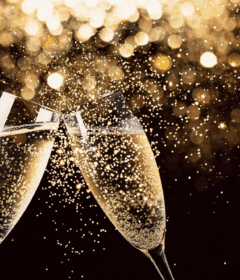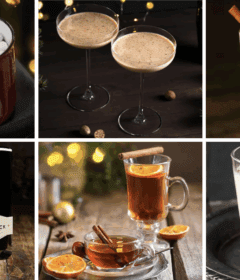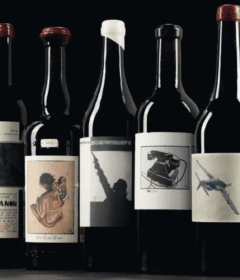Affordable Left Bank Bordeaux
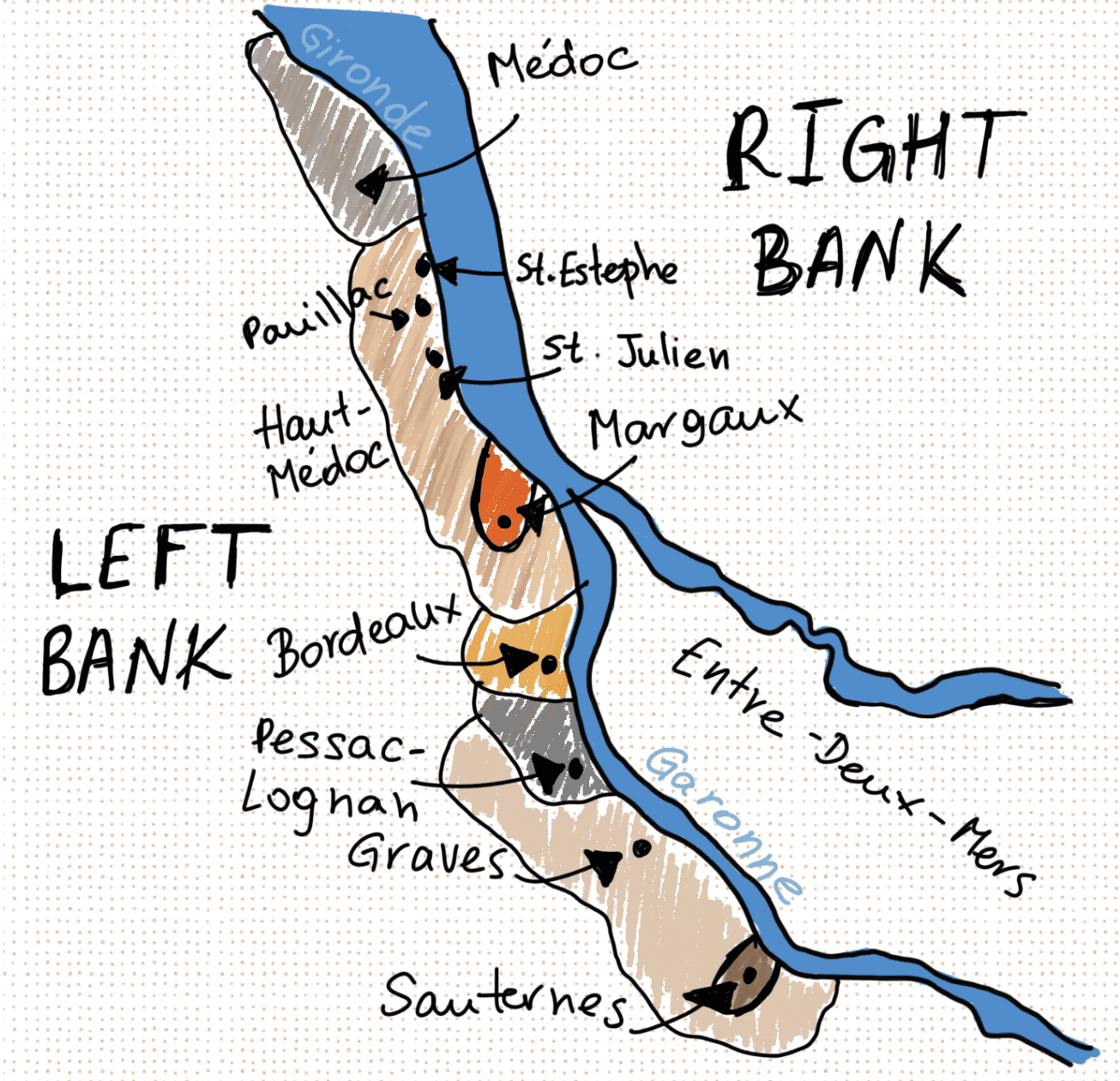
Affordable Left Bank Bordeaux – Bordeaux, as set out in the 1855 classification of Medoc and Graves. The Cabernet Sauvignon-dominant blend is rich and concentrated, and is often considered one of the best of the second growths. This area is known for its gravelly soils and graphite-driven red wines with a dominance of Cabernet Sauvignon in the blend. The most prestigious sub-regions in the Médoc include Pauillac, Saint-Julien, Saint–Estephe, Margaux and Pessac-Leognan (the areas first classified in 1855). The wines from Médoc are some of the boldest and most tannic of Bordeaux, perfect for aging or matching with red meat.
About Affordable Left Bank Bordeaux
Major Appellations:
Pauillac (Haut – Médoc
St. Estephe (Haut – Médoc)
St. Julien (Haut – Médoc)
Margaux (Haut – Médoc)
Pessac – Léognan (Graves)
Affordable Left Bank Bordeaux – 96 Points
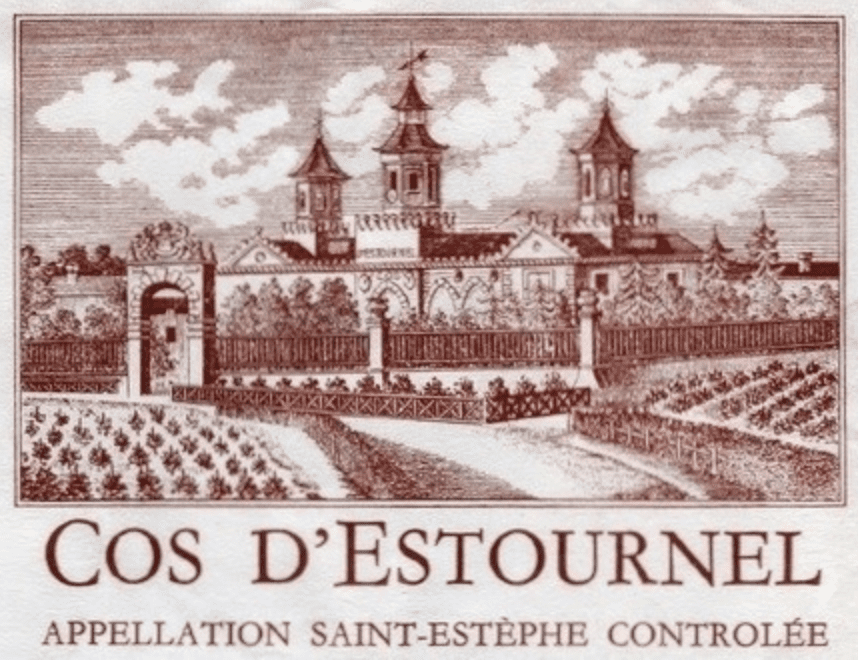
2018 Château Cos D’Estournel, Saint-Estephe, France
96 points
$240 per bottle
Cos d’Estournel is a vineyard and winery in the Saint-Estèphe appellation of the Médoc. In the 1855 Classification, it was classified as a second growth and remains one of the most prominent and sought-after of all Bordeaux wines. Historically, the Cabernet Sauvignon-dominant grand vin has had a high percentage of Merlot compared with other Médoc growths, although this has lessened in recent years. Cos d’Estournel is dark, brooding and tannic when young, developing complexity and intensity with time.
The estate is situated in the very south of Saint-Estèphe, just north of Pauillac’s Lafite Rothschild. The south-facing vineyard slopes gently down to the Jalle du Breuil stream which separates it from Lafite. In old Gascon, “cos” means “hill of pebbles”, and the vineyard does consist of deep Quaternary gravels and clay on limestone bedrock. It covers 91 hectares (225 acres) and is planted 60 percent to Cabernet Sauvignon and the rest Merlot.
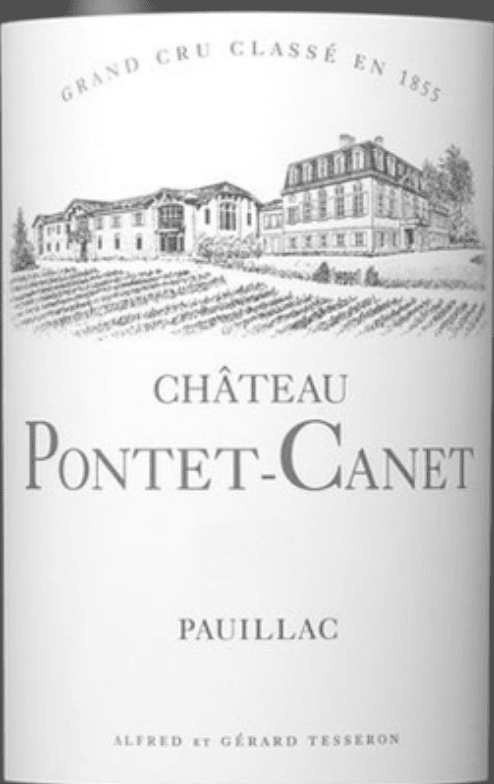
2018 Château Pontet Canet
96 points
$150 per bottle
Château Pontet-Canet is a wine estate located in the Pauillac region and ranked as a fifth growth in the 1855 Bordeaux Classification. It has been owned by the Tesseron family of Cognac fame since 1975, and under the family’s control quality has risen greatly, along with auction prices and popularity. Pontet-Canet is Cabernet Sauvignon-dominant, and is full bodied with a classic tannic structure, providing the potential for long-term cellaring.
The 81-hectare (200-acre) vineyard is located at the heart of the Pauillac appellation, just south of châteaux Mouton Rothschild and d’Armailhac. The soil is made up of Garonne gravel on limestone bedrock and is warm and well drained, providing perfect conditions for Cabernet Sauvignon, which accounts for 62 percent of plantings. Merlot makes up 32 percent of the rest, and there are small amounts of Cabernet Franc and Petit Verdot as well. Viticulture is certified organic and biodynamic and, in recent years, a team of working horses have been introduced.
Affordable Left Bank Bordeaux – 95 Points
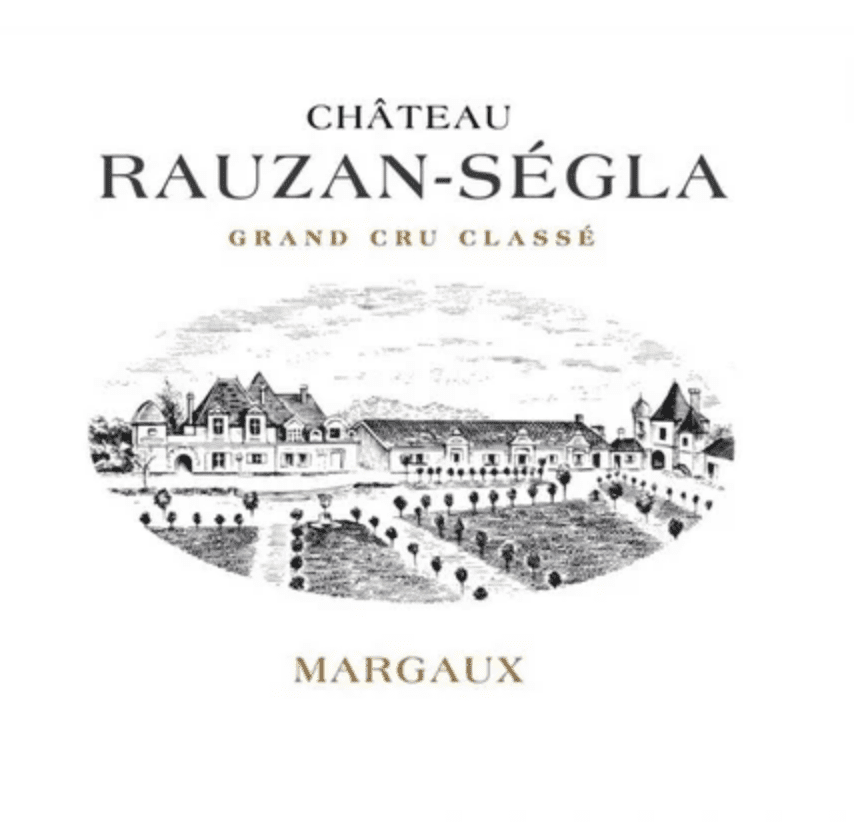
2018 Château Rauzan-Ségla
95 points
$165 per bottle
The château was initially founded under the name Domaine de Rauzan in 1661 by Pierre Desmezures, an important figure in Bordeaux’s history who, at the time, also owned châteaux Margaux and Latour.
Eventually, the property came under the control of the Baroness of Ségla, Catherin de Rauzan, who named it Rauzan-Ségla for herself. In 1994, the estate was bought by fashion giant Chanel, which also owns Château Canon in Bordeaux and St Supéry in Napa.
Since 1994, quality has improved at Rauzan-Ségla. Machine harvesting was eliminated, and there was a move to work the vineyards plot by plot.
Grapes are sorted by hand and are aged in high-quality Sessile oak barrels. Château Rauzan-Ségla is carefully blended from Cabernet Sauvignon, with Merlot and a small amount of Cabernet Franc and Petit Verdot.
The second wine, Ségla, is made in a more approachable style than the grand vin with a higher proportion of Cabernet Franc and Petit Verdot.
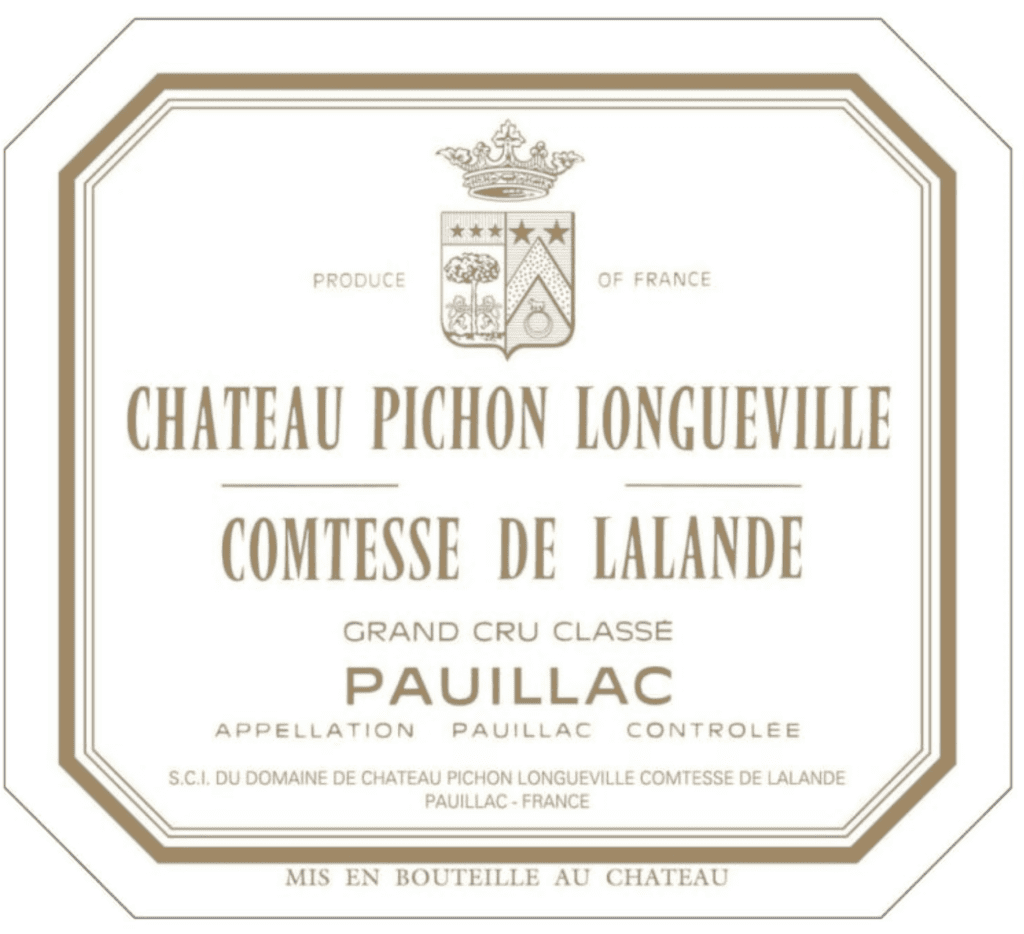
2018 Chateau Pichon Longueville Lalande, Paulliac
95 points
$220 per bottle
Château Pichon Longueville Comtesse de Lalande is one of the most significant second growths in Pauillac, Bordeaux. It neighbors first-growth powerhouse, Château Latour, with whom the estate shares a similar terroir and climate. This helps to explain the quality of the wine at Comtesse de Lalande, which is sometimes referred to as “nearly first growth”.
All five Bordeaux grapes are grown on the estate’s 85 hectares (210 acres) in both Pauillac and Saint-Julien, although historically this was dominated by Cabernet Sauvignon, Merlot and Petit Verdot. Wines from Comtesse de Lalande are some of the most voluptuous to come from the Médoc due to the high proportion of Merlot in the blend. However, the amount of Cabernet Sauvignon in the blends is increasing to lend more structure and backbone to future vintages. This will not decrease Merlot’s place in the cuvée, but rather the amounts of Cabernet Franc and Petit Verdot.
Orignally, Comtesse de Lalande was part of a huge property formally known as Château Pichon Longueville, owned by the Baron Joseph de Pichon Longueville who died in 1850. Upon his death, his children Raoul and Virginie inherited half of the property each. Raoul’s half became Château Pichon-Longueville Baron, while Virginie’s became Château Pichon Longueville Comtesse de Lalande. The Château de Lalande was eventually sold to Champagne Louis Roederer in 2007.
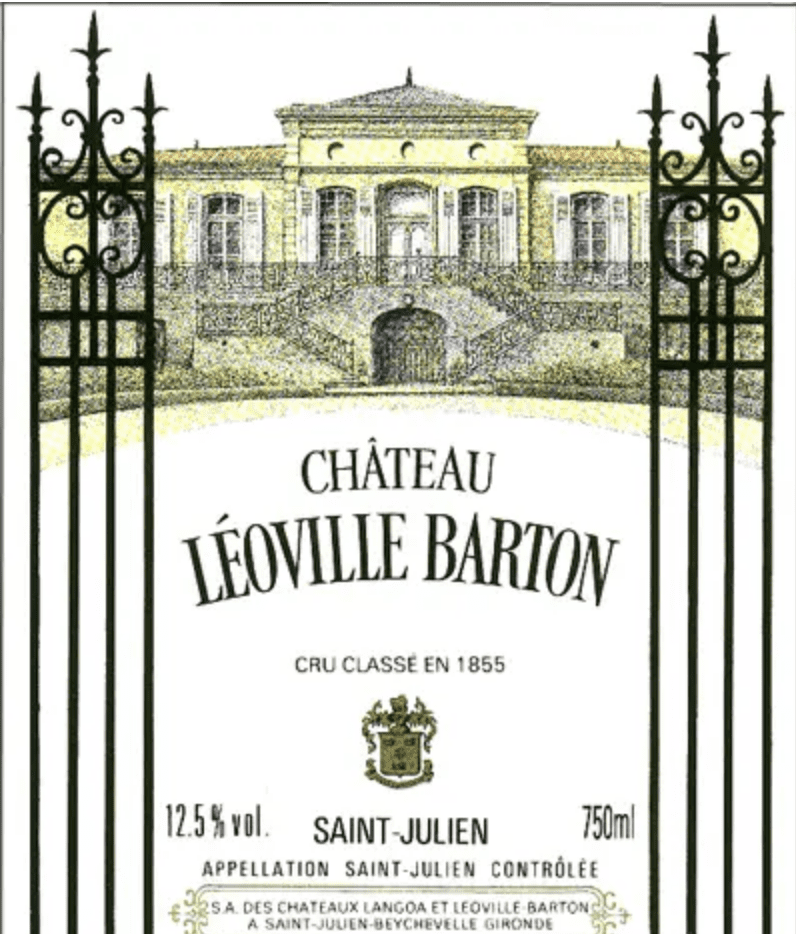
2018 Chateau Leoville Barton, St Julien Barton
$100 per bottle
95 points
Château Léoville Barton is a vineyard in the Saint-Julien region of Bordeaux, ranked a second growth in the 1855 Classification. Quality has soared since the 1980s, and it is now considered as one of the most exciting wines in Bordeaux, gaining regular praise for its reasonable pricing. Léoville Barton is Cabernet Sauvignon-predominant, tannic and austere when young but develops intense blackcurrant and cassis notes, as well as classic Saint-Julien cedar characteristics.
The vineyard, which has gravel soils over clay, is planted 74 percent to Cabernet Sauvignon, 23 percent to Merlot and 3 percent to Cabernet Franc. After a manual harvest, fermentation takes place in large temperature-controlled wooden vats, and then the wine is aged in 50 percent new oak barrels.
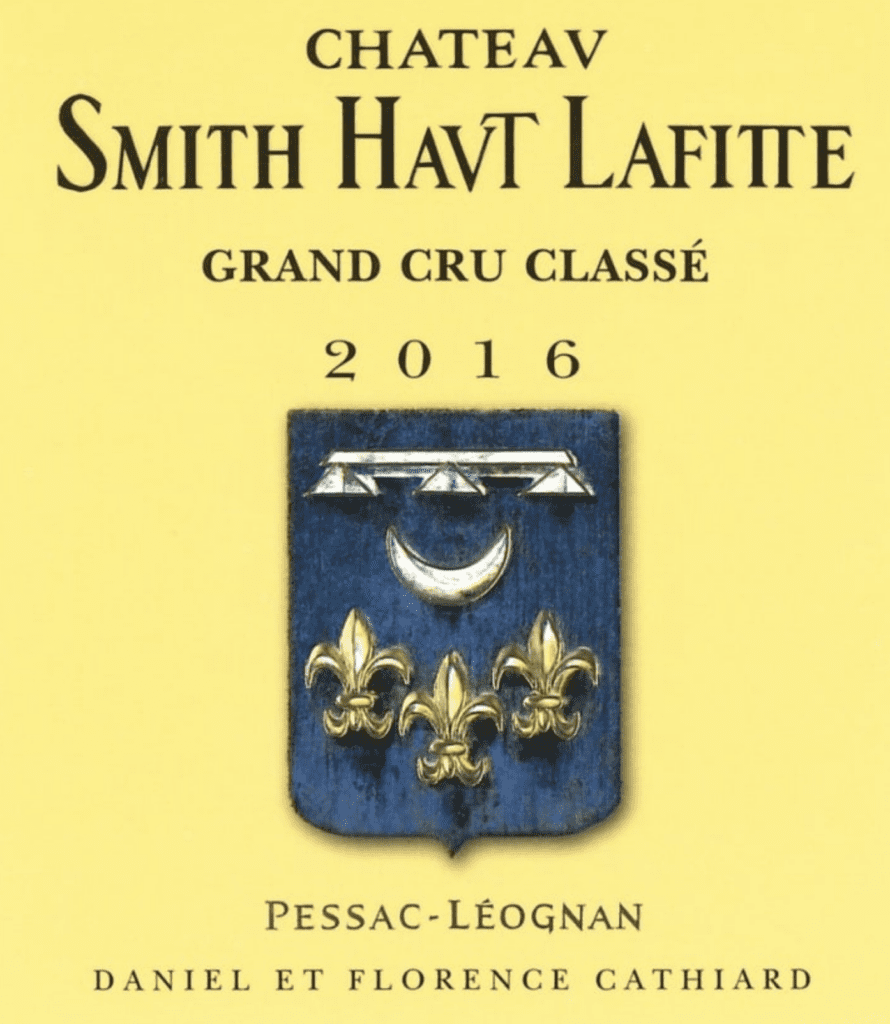
2016 Chateau Smith Haut Lafitte, Pessac-Leognan, Bordeaux, France
95 points
$160 per bottle
Château Léoville Barton is a vineyard in the Saint-Julien region of Bordeaux, ranked a second growth in the 1855 Classification. Quality has soared since the 1980s, and it is now considered as one of the most exciting wines in Bordeaux, gaining regular praise for its reasonable pricing. Léoville Barton is Cabernet Sauvignon-predominant, tannic and austere when young but develops intense blackcurrant and cassis notes, as well as classic Saint-Julien cedar characteristics.
The vineyard, which has gravel soils over clay, is planted 74 percent to Cabernet Sauvignon, 23 percent to Merlot and 3 percent to Cabernet Franc. After a manual harvest, fermentation takes place in large temperature-controlled wooden vats, and then the wine is aged in 50 percent new oak barrels.
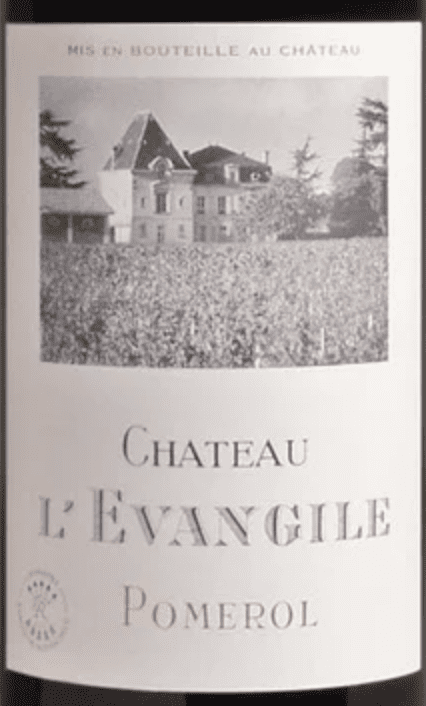
2016 Château L’Évangile
95 points
$300 per bottle
Château l’Évangile is an estate located in the Bordeaux commune of Pomerol, producing a Merlot-dominant wine that is consistently among the most highly rated in the appellation.
The land was purchased by the Léglise family in the 18th Century, changing hands several times before it was purchased in 1990 by Domaines Baron de Rothschild, owner of Château Lafite Rothschild.
Château l’Évangile lies in the eastern part of Pomerol, a little way south of the famed Petrus vineyard. Here, the 22-hectare (55 acre) vineyard is made up of iron-rich clay and gravel soils. This kind of soil is well-suited to Merlot, which makes up the bulk of plantings, with around a fifth of the vineyard dedicated to Cabernet Franc instead.
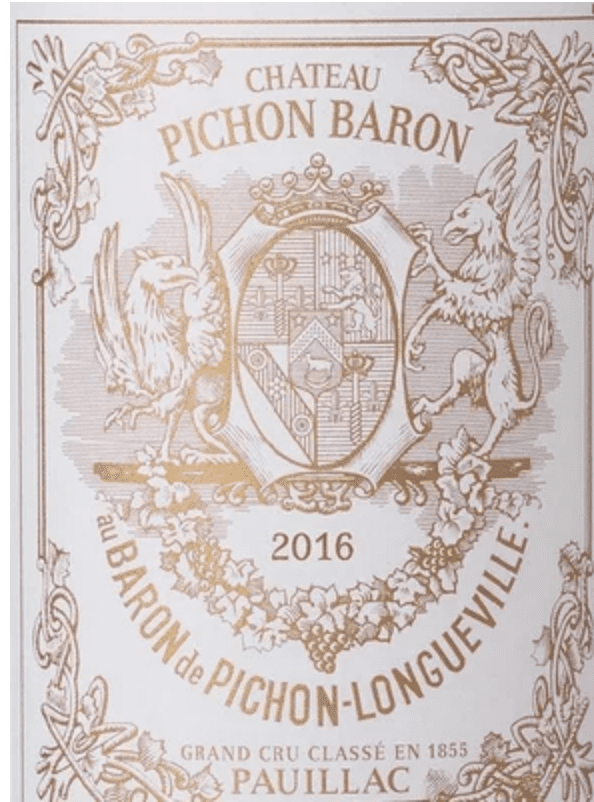
2018 Chateau Pichon-Longueville Baron
95 points
$225 price per bottle
Château Pichon-Longueville Baron, generally referred to as Pichon Baron, is an estate in the Pauillac appellation rated as a second growth in the 1855 Bordeaux Classification. As with other top Pauillac wines, the grand vin is prized for its combination of powerful dark fruits, finesse and elegance, and ability to age for many decades.
The vineyard is situated at the southern end of Pauillac, bordering Saint-Julien and across the road from Château Latour. Its 73 hectares (180 acres) are planted with around 60 percent Cabernet Sauvignon and 35 percent Merlot, with smaller amounts of Cabernet Franc and Petit Verdot.
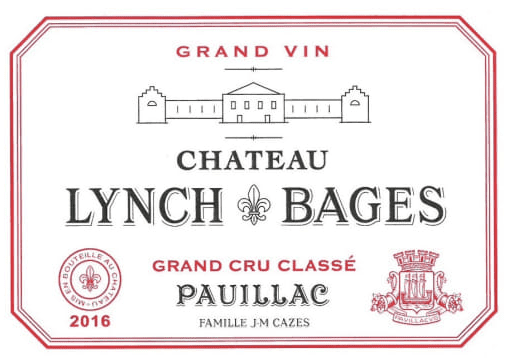
2016 Château Lynch Bages
95 points
$190 per bottle
Château Lynch-Bages is situated in the Pauillac commune of the Médoc region in Bordeaux. The grand vin, which is made predominantly from Cabernet Sauvignon, is known for its structure and intensity, and can age for 20 years or more. It ranks among the best in the appellation.
The property in the village of Bages takes the other part of its name from Thomas Lynch, a Bordeaux merchant of Irish lineage who owned the property from 1749 to 1824. It was rated a fifth growth in the Bordeaux Classification of 1855, although the reputation of the property, now in the hands of the Cazes family, soared from 1945 after a string of excellent vintages.
Affordable Left Bank Bordeaux – 94 Points
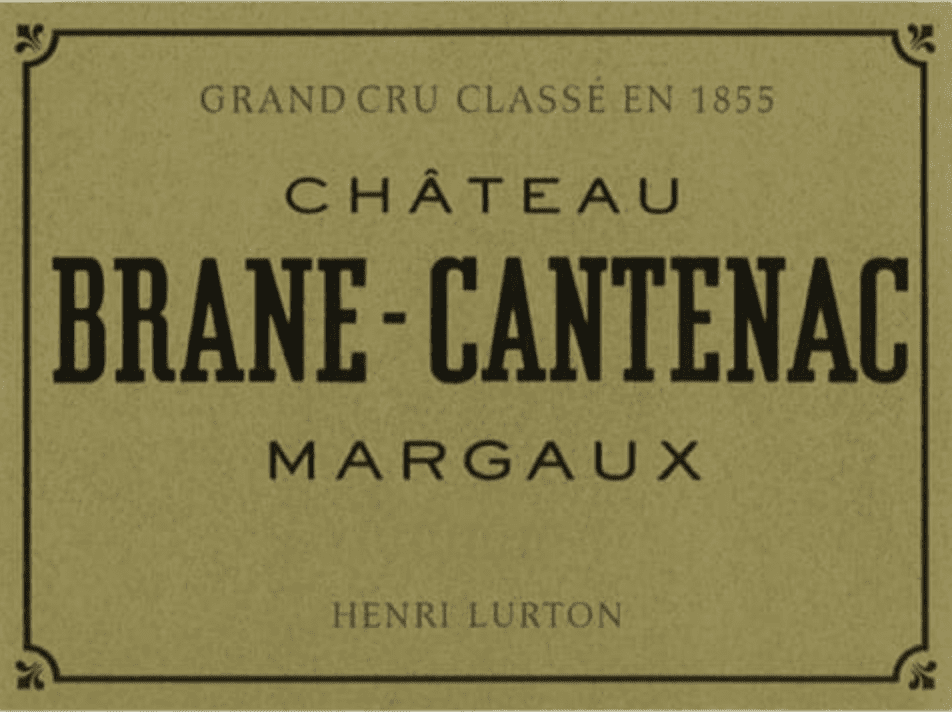
2016 Chateau Brane-Cantenac
Bordeaux Red Blends from Margaux, Bordeaux, France
94 points
$120 per bottle
Château Brane-Cantenac is located in the Bordeaux commune of Margaux, on the left bank of the Gironde. It was founded in the 18th Century by the Gorce family and ranked as a second growth in the 1855 Classification of the Medoc and Graves. Today it is owned by Henri Lurton, a man whose philosophy is very much based on a hands-on approach to his vines and winemaking rather than relying too much on technology.
The vineyards are planted atop sandy, gravel-based soils interspersed with large pebbles. These pebbles hold onto warmth from the sun, and the gravel in the soils allows for excellent water drainage around the vines. Merlot and Cabernet Sauvignon are planted here alongside Cabernet Franc and, surprisingly, Carménère. The variety was widely planted across the Medoc in the 18th Century but was pulled out of many vineyards because of its inability to fully flourish in Bordeaux’s maritime climate. However, climate change has altered the terroir in Bordeaux, and growers have begun to experiment with Carménère. Brane-Cantenac has taken full advantage of the variety and, since 2011, has been including a small portion of it in the grand vin.
Affordable Left Bank Bordeaux – 93 Points

2015 Latour Les Forts De Latour
France, Bordeaux, Pauillac
93 points
$245 per bottle
Château Latour is one of Bordeaux’s – and the world’s – most famous wine producers. It is situated in the southeast corner of the Pauillac commune on the border of Saint-Julien, in the Médoc region. Rated as a First Growth in the 1855 Bordeaux Classification, it has become one of the most sought-after and expensive wine producers on the planet, and produces powerfully structured Cabernet Sauvignon-dominant wines capable of lasting many decades.
The site has been occupied since 1331, with a fort and garrison to guard the estuary. Several smallholdings began to grow vines, and wine from the site gained recognition from Montaigne as early as the 16th Century. The original tower no longer exists; the famous tower featured on the label was designed as a pigeon roost and built around 1620.

